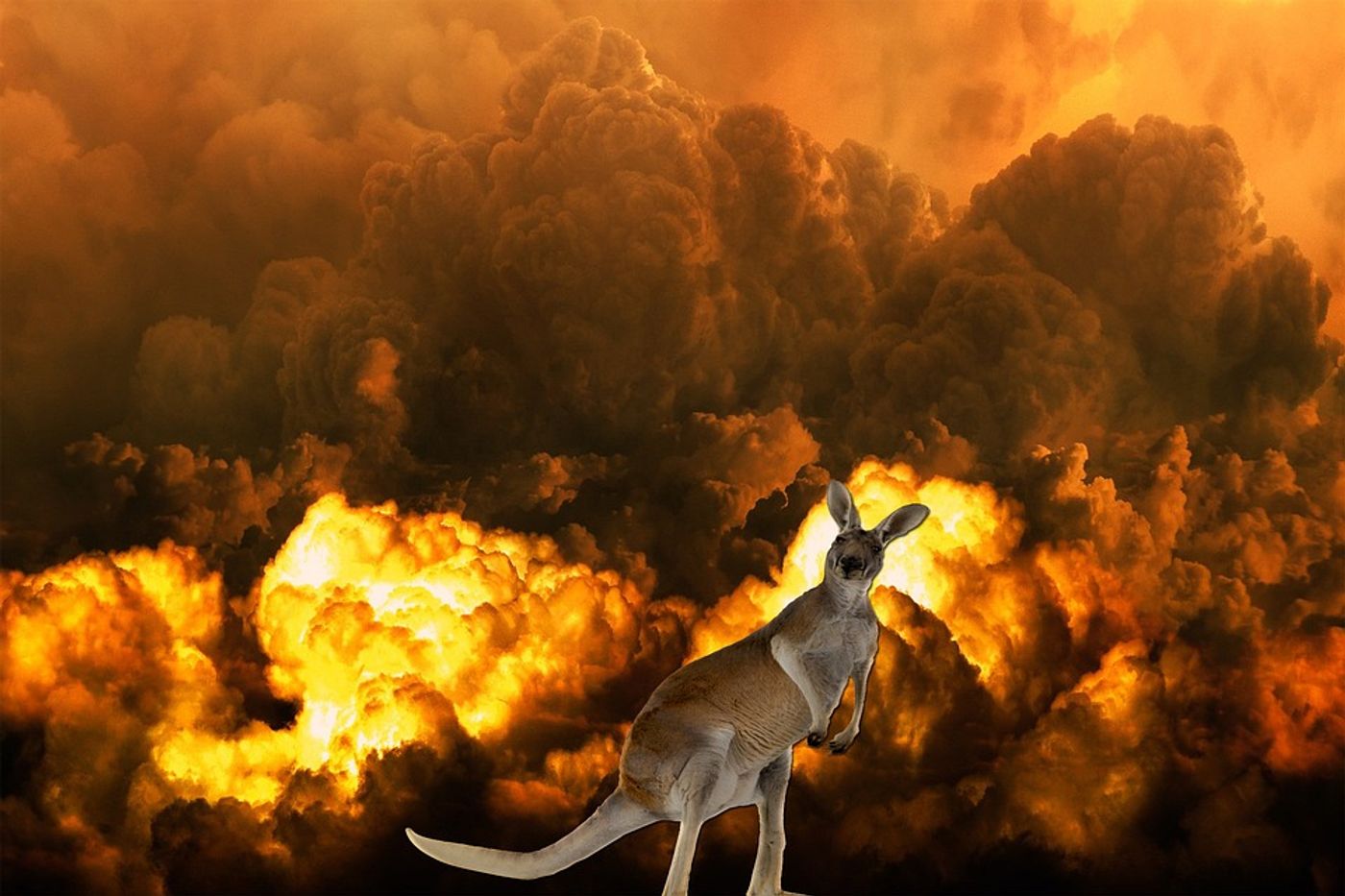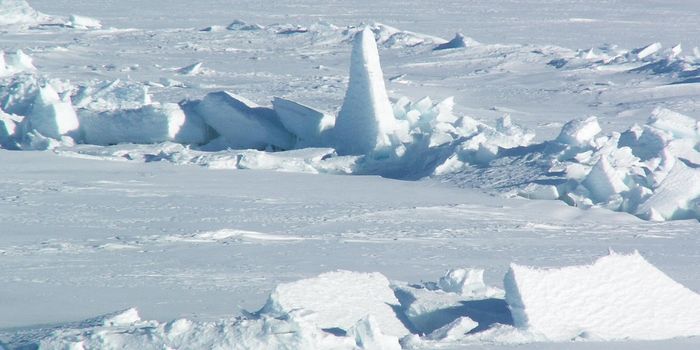Now that the fires are over...
An analysis conducted by the World Weather Attribution consortium is the first to look at the conditions that drove the recent devastation from months of ongoing bushfires in Australia. The assessment reports that hot, dry weather stemming from climate change increased the risk of the fires by at least 30%, if not more. Even more frighteningly, the assessment suggests that should global temperatures continue rising on the current trajectory to reach an increase of 2 degrees Celsius, conditions that triggered the horrible bushfires would occur at least four times more often.
There’s no way that you could have avoided hearing about the months on end of severe fires that wreaked havoc on Australia recently. Record-breaking temperatures and a lack of rain fueled the fires that killed 33 people and burned 11 million hectares of land, wiping out the habitats of millions of animals.
"Last year the fire prevention system in Australia, which is extremely well prepared for bushfires, was straining. It was at the limits of what it could handle, with volunteers working for weeks on end," Professor van Oldenborgh. "As the world warms, these events will become more likely and more common. And it's not something that we are ready for."
Co-author of the assessment, Geert Jan van Oldenborgh of the Royal Netherlands Meteorological Institute in De Bilt, The Netherlands, commented that the report’s numbers were nothing if not conservative and that climate change likely increased the risk of bushfire conditions much more than 30%.
"We show that climate change definitely increases the risk of the extreme weather that makes the catastrophic bush fires (that south-east Australia has experienced) in the past few months more likely by at least 30%. But we think it could be much more. We don't know how much more. It could be a lot more."
Why is it so difficult to pin down the exact numbers for this information? The researchers say that it’s because climate change isn’t the only factor that creates the conditions for the perfect bushfire storm. Other factors like human water use, urban heating, and yet to be identified aspects also impact conditions and make it harder to quantify data.
As the BBC reports, the team determined the estimate of 30% as a minimum risk, given that they found that climate models consistently underestimated the observed increase in temperatures in south-east Australia, making it difficult to quantify the increased risk from climate change.
Co-author Professor Friederike Otto, from the University of Oxford, elaborated, saying, "We have only given a lower bound in answer to that question, confirming that climate change is indeed an important driver - also locally - and that we need to continue to test our models in the real world," she explained.
Sources: BBC, World Weather Attribution









